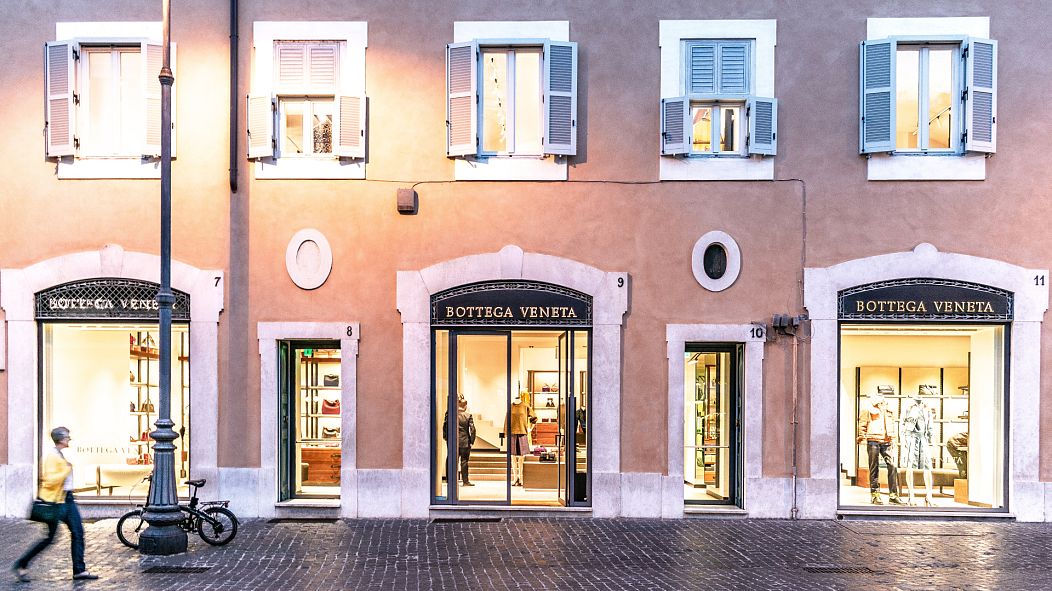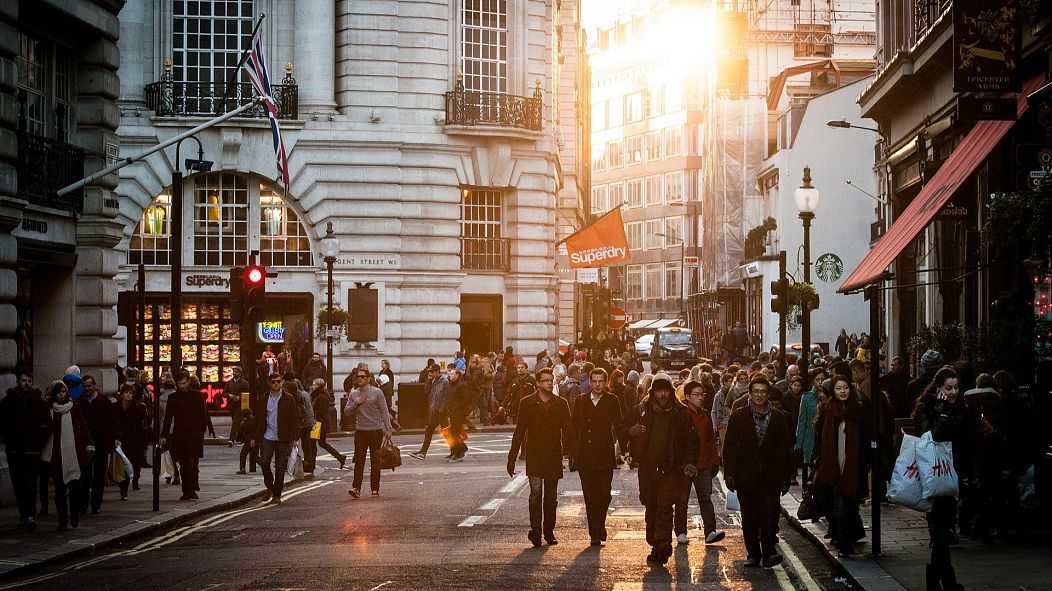We speak to three women about the struggle of finding clothes that fit.
Fashion has always had an unhealthy relationship with size. As this decade saw a ban on size-zero models from France’s top fashion houses there were signs that the industry was beginning to evolve away from presenting endless images of super skinny women. Slowly body positivity has begun to spread with models like Tess Holliday and Ashley Graham changing the face of fashion forever. For many of those that can’t wear what are considered “conventional sizes”, however, there is still a long way to go before they feel welcome.
Ashley Rose Kaplan finds that as an actor, representing herself in how she dresses both off and on the stage has never been easy. “Everything must be planned ahead,” she explains, “ I cannot simply pop into a shop and grab a new dress or replacement stockings. Chances are the stores don’t make them in my size.” Even when stores do carry her size, finding an outfit she loves can be hard. “Before 2010 I frequented stores like Lane Bryant and Nordstrum and prayed I didn’t look matronly,” Kaplan says, “All of the items were made for older women, made poorly, and styled poorly.”
With such a complex constellation of different bodies, it’s not just purely size but fit that is often a concern. Creating a wider range of options is not just about adding inches to existing designs but also working with experts to figure out how shapes need to change. Commercial curve model, Aleesha Hansel, frequently finds that things don’t fit because of her height. “Buying trousers, jeans, jumpsuits etc. are a bloody nightmare because they are always too short. Even dresses with waistbands in are difficult as they are often not at my natural waist.”
Becky Barnes, a size 22 fashion blogger, reveals that she has always found disappointment and a lack of choice on the high street. “There are very few physical high street stores in which I can shop in,” she explains, “And if you are over a size 22 this choice decreases drastically”. One of the things Barnes finds most frustrating is that, although brands seem to advertise size-inclusive ranges, they are banished to online stores only making it difficult to try things on or even go on a shopping trip with friends.
Hansel has had similar experiences, “In some high street stores that do have tall divisions they only do them online which is frustrating.”
Read More | Why clothes swaps could be the antidote to fast fashion
Not for a lack of demand
The claim from big brands is that most purchases in sizes above 18 are made online. In response to questions of why it was withdrawing sizes 18-28 from its stores last year, River Island told Cosmopolitan that it would give them “freedom to stock more lines and increase our rate of newness”. The move wasn’t announced by the brand officially but instead, a response was prompted by the intense disappointment of those who had noticed the missing range.
It’s even worse for luxury brands. The UK Fashion Roundtable found that in a search of items available on luxury e-tailer Net-a-Porter, only 0.8% of its total offering was available in size 14 or above.
Dolce and Gabbana was extensively praised earlier this year for increasing its range up to a size 54 (UK 22), the first luxury fashion house to do so. It seems disappointing, however, for a brand to be seen as a pioneer for catering to what it turns out is the vast majority of women. Inconsistencies in sizing aside, 68% of adult American women wear clothing considered by the industry as plus size according to information from Plunkett Research.
Contrary to misconceptions about these women not buying clothing, there is definitely a demand for increased sizing ranges. Data from Coresight Research estimates that the global adaptive clothing market is set to increase in value to $325.8 billion by 2022. That makes the plus-size market one of the fastest-growing in fashion.
If demand is there and profit to be made, why is it then that these women, and many others who offered their opinions for this article, can’t seem to find affordable, stylish, accessible clothing to be bought off the rack?
Read More | Fighting racism on the runway: black issues in Red Square
Fashion’s “secret shameful relationship” with plus-size
“Unfortunately I can’t see any other reason than outright fatphobia,” Barnes states.
She highlights the clear demand for size-inclusive clothing with the success of online ranges, “I can only surmise these brands don’t want fat people in their stores.” Kaplan has seen the same online success, “If you want to watch a feeding friendzie of plus sized women shopping, watch how fast an online exclusive dress or coat that isn’t ugly or moomoo designed flies off the site,” she adds, “Imagine if you had that instore? Imagine if you treated this niche market with respect?”
Respect is key when considering whether people who are plus size are shopping online by choice or whether this serves as a convenient explaination for big brands. Both Kaplan and Barnes say that they don’t feel welcomed when they shop in person. "I believe that if a store wanted our business, they would carry the stock in store," Kaplan says, "But as it stands, it's like that secret shameful relationship of a boy saying he likes you in private but won't look at you in public."
When shopping for shapewear, her stylist recommended she get professionally measured. “I knew that the stores didn’t carry anything in my size for shapewear, but we felt it was better to have the right measurements and then shop online,” she clarifies. Visits to 6 different stores resulted in refusal to measure her at each one or even check if a greater range of sizes were available online. “All of them, save for the last one who was very apologetic and kind, mocked me and stated the stores carry nothing in my size. “
With experiences like this, it’s not hard to see why you might choose to stay at home at shop from your computer instead. As Kaplan surmises, “the in-person shopping experience is so toxic, so triggering, that many women of my size avoid it entirely.”




















